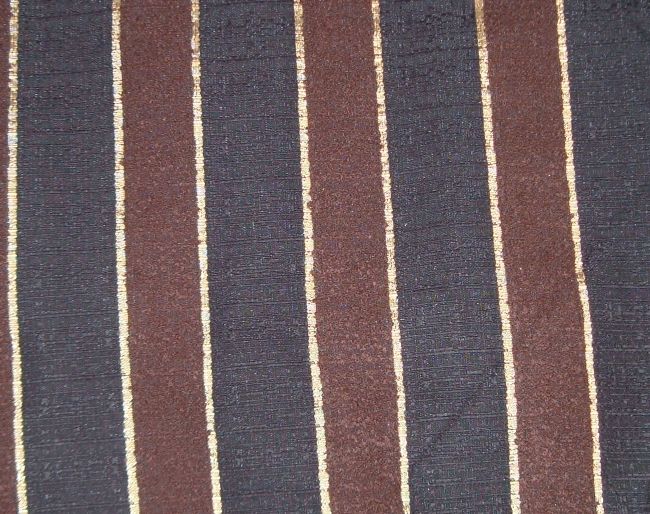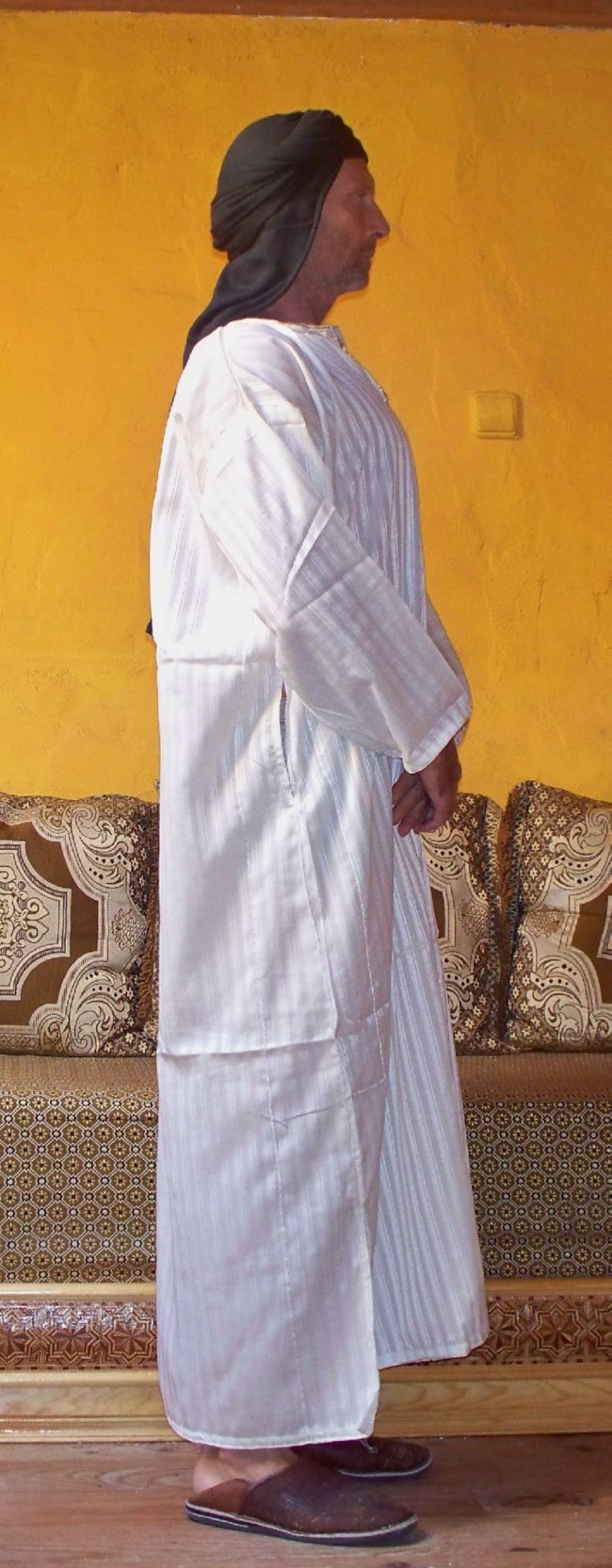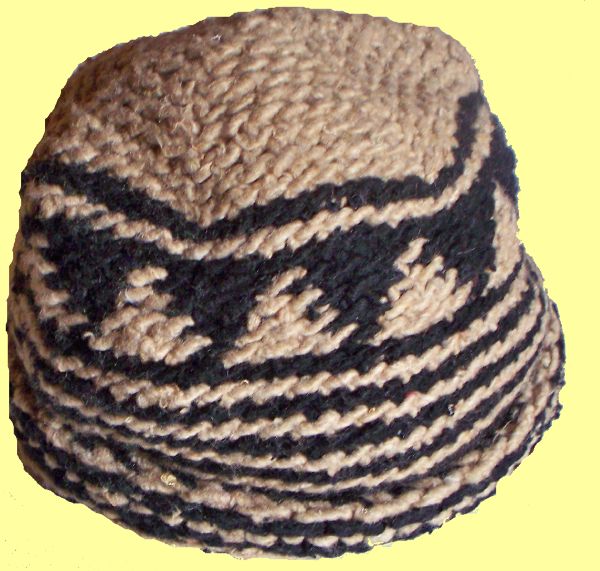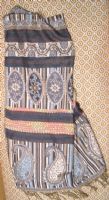
People have been wearing cloth on their heads since the invention of cloth. Texts and art that survive from many past cultures mention turbans.
The Vedas contain references to turbans being worn in Vedic India.And the ancient Persians wore a conical cap sometimes encircled by bands of cloth.
It is believed that the Arabs of the time of Mohammed, the Islamic prophet, wore Umamah (Arabic: عمامة). They were very useful for fending off the desert sand and protecting the head and face from very high temperatures and strong sunlight. When the great Islamic empires were established, under the first four caliphs, the Umayyads, and the Abbasids, the new rulers wore Umamah. Head wraps then diffused to populations under Islamic rule, even in countries where they were not previously worn.
Probably the largest-ever Turbans were worn by high-ranking Turks of the Ottoman period, including soldiers. These were enormous round turbans, wrapped around a hollow cone or framework, that often projected at the top. Hence they were called "Sarık", meaning "wrapped". From the 19th century the Turks mostly gave up the turban for the fez at the same time as they abandoned their kaftan tunics for more Western dress. Broad-rimmed Western hats did not meet the Islamic requirement that the forehead touch the ground during prayer and the Sultan issued a decree enforcing the wearing of the fez, applicable to all religious groups. Suleiman the Magnificent was renowned for the size of his turban.
Many contemporary images show European men of the Middle Ages and Renaissance wearing headgear that looks like turbans. These hats are actually chaperons, which could look very similar. Men in Europe were expected to take off their headgear in church, and in the presence of a person of much higher rank, like a king. This is not easy with a turban. Turbans also appear in European religious art, especially in scenes picturing the Holy Land, then inhabited by turban-wearers. Turbans did not become a regular part of European headgear until the late 17th century. Men then shaved their heads and wore heavy wigs; when relaxing at home, they removed the wigs and covered their heads with caps or sometimes turbans.


































2 comentarios:
This post subject is similar to the one what Punjabis in India using. Happy to know there are some similarity in our culture.
Sherin - Investinternals
I'm sure there's a lot similar maybe you should do a blog on India it's bound to be interesting.
Thanks for the comment.
Publicar un comentario